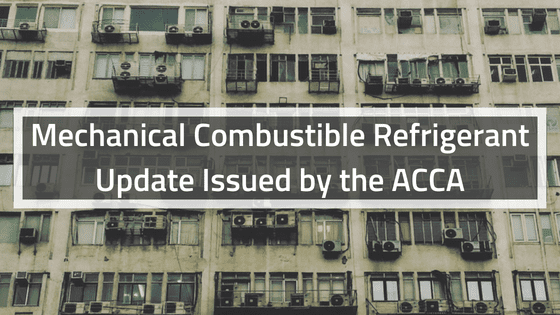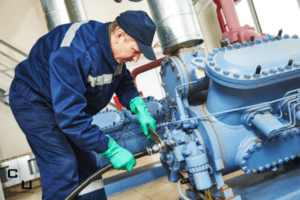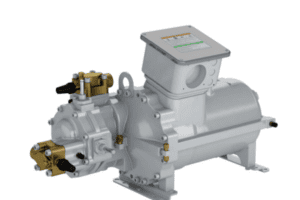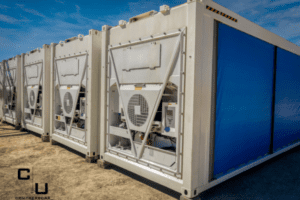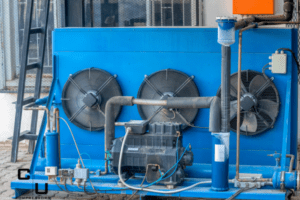The Air Conditioning Contractors of America (ACCA) posted that they published a technical update on “Air Conditioning and Refrigeration Systems Using Flammable A3 Refrigerants” on July 26, 2018. The technical update concentrates on the challenges that technicians have to deal with while working on the products that run on flammable A3 refrigerants.
Important ACCA Safety Update
The HVACR system refrigerants discussed most within the technical bulletin are R-290 (propane), R-441A, R-600a (isobutene), and R-1270 (propene), but also includes all other systems that use “A3” within the commercial and residential industry. The safety classification of an A3 means that they are lower in toxicity, but have higher flammability and the use of the refrigerants listed has been proven to have a good efficiency record, with low discharge temperatures.
ACCA’s refrigerants safety update stresses ASHRAE-designated “A3”, set up, start-up, upkeep, changing of parts, looking for refrigerant leaks, moving of unit, purity, and disposal procedures. This update is essential because the A3 type of refrigerant is used in things such as walk-in chillers for food merchandisers, service cases, drink dispensers, cooling systems, vending equipment, ice makers, and water fountains that are in use all around us each day. All of the A3 type HVACR systems do not use more than 300 grams of refrigerant charge and are considered small units, but even though they are small, they can still pose a significant problem when working on them due to their flammability.
What the Air Conditioning Contractors of America hope to accomplish with this technical update is twofold;
1.) For the safety of the technicians that are dealing with these units, as well as an educational tool for those that do not yet know how to deal with A3 refrigerants.
To give those that have these types of components, or those that are going to be buying the units the knowledge and peace of mind they are safe to use.
2.) It is crucial for the technicians that are working on these flammable units to know what the dangers are as well as what the elements can do to the environment. It is also imperative that those that own the refrigerated units see that they should only hire a qualified technician to work on them so that they can avoid any exposure or explosive situations.
Who is ACCA?
The ACCA is an association that composes the requirements for the model, repairs, installation, examination, and operation of indoor environmental systems. They are an organization that endeavors to make it safer for those that are working on HVAC units, as well as the safety of those that own HVAC units. The organization’s leaders are composed of industry contractors, so they know what is needed in the industry to help with improving products, as well as the role of teaching knowledge and safety. They are very diligent in maintaining the U.S. EPA guidelines while striving to get the information out that is necessary for both the seller and client.
The organization is working hard at being at the forefront of reaching refrigerant services and the specialists to give them the vital information needed to work with the potentially hazardous systems. By getting out the information such as the “A3” updates, the association hopes to expand the number of workers that are trained on these types of refrigerated systems, as there seems to be a limited amount that is currently qualified. ACCA president and CEO Paul Stalknecht stated that “by following guidelines in this ACCA product, contractors can confidently work on these systems.”
We as a community need to make sure that we pay attention and learn about what can help all of us from an environmental and safety perspective, and look forward to learning more in the future about A3 refrigerants. Explore our blog to find out more about maintenance checkups, compressor failure, installation tips, and everything else you need to know about your commercial compressors!

